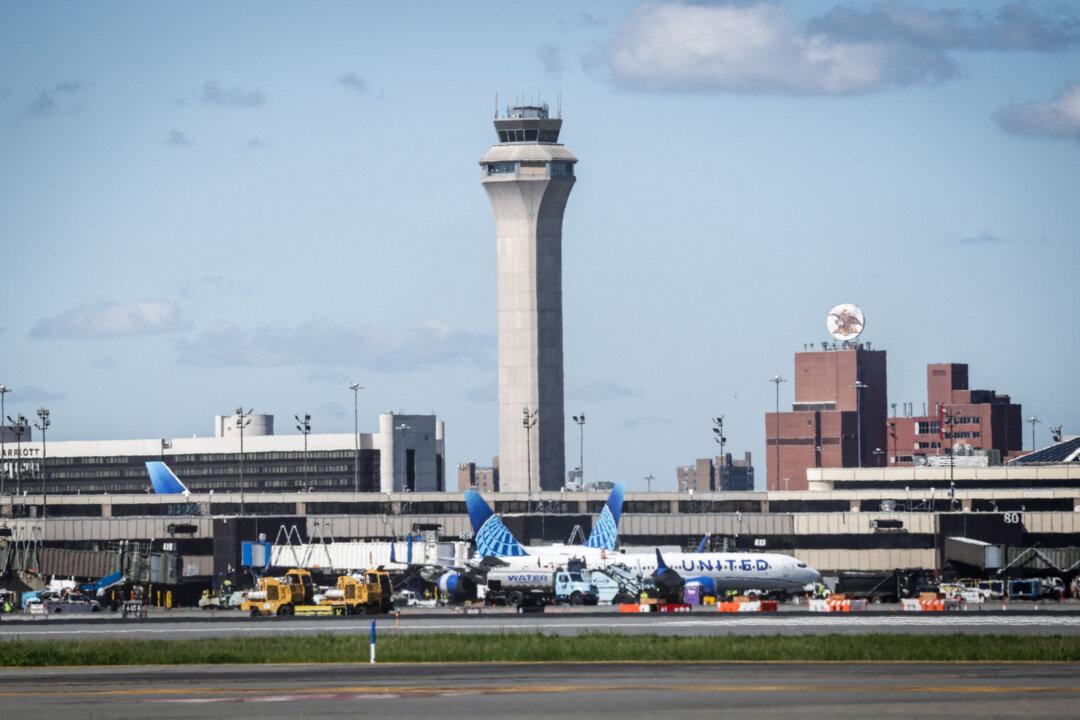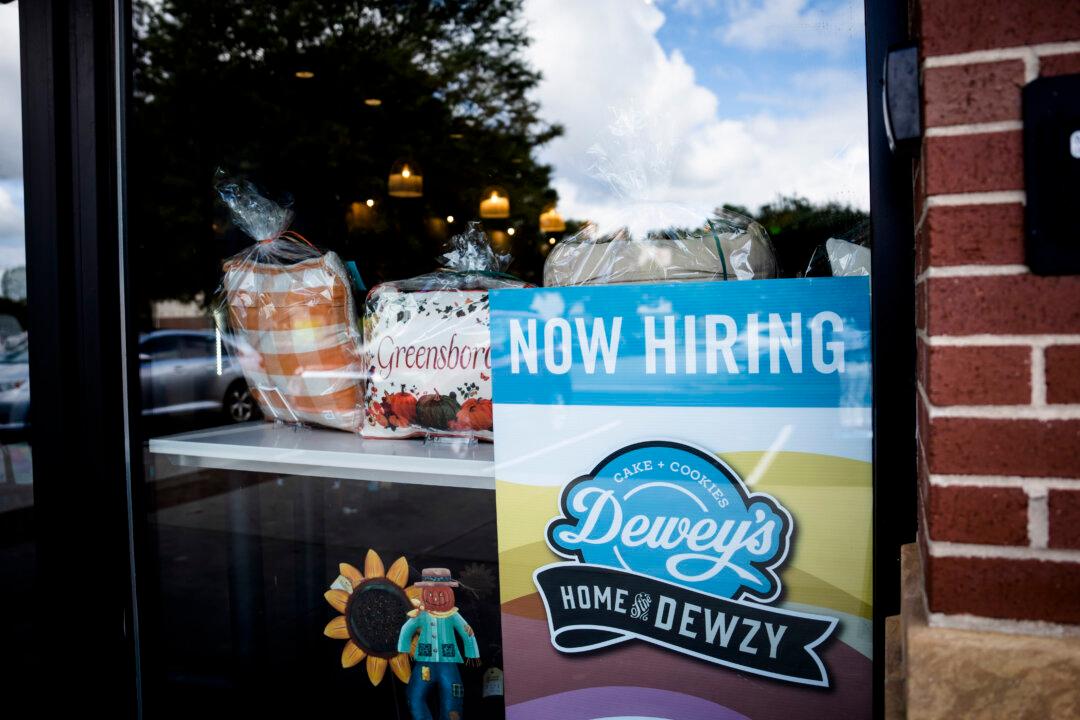Americans have a substandard perception regarding the quality of nursing home care in the country, especially after the pandemic, with many citizens “largely uncomfortable” about the prospect of spending their old age in such facilities, a Gallup poll has found.
Over 1.3 million individuals reside in around 15,600 nursing homes across the United States.
“Americans are largely uncomfortable with the thought of ever needing one (nursing home) in their later years or using one for family. The new poll makes it clear that nursing homes have much work to do to instill more public confidence in their facilities,” according to Gallup.
Seven out of 10 respondents claim they would be “very” or “somewhat” uncomfortable about getting admitted to a nursing home if they can no longer take care of themselves. Sixty-one percent felt the same way about admitting a relative or a family member.
Quality of care was cited as the top reason why respondents felt uncomfortable about living in nursing homes, with 70 percent citing it. The cost of nursing home care was the second biggest worry, followed by the potential mental and emotional negative impact of living in such facilities.
Some expressed fears about losing independence while others insisted they do not wish to die in a nursing home. Certain respondents were also concerned about their physical safety.
Only one in five Americans said they are “somewhat” comfortable with living in a nursing home or having their relative or family member in the facility.
More women than men raised concerns about quality and personal safety at nursing homes. Men were more likely to be worried about losing independence or dying there.
“Just one in four (26 percent) think nursing homes are safe places, while 41 percent think they are not,” according to Gallup.
“In addition, more than four in 10 U.S. adults (42 percent) say nursing homes are not very or not at all effective in keeping residents safe from avoidable harms such as infections, pressure wounds, and abuse and neglect. A similar percentage (44 percent) consider them at least somewhat effective.”
Distrust in Nursing Homes
Nursing homes came under increased scrutiny during the COVID-19 pandemic following a series of deaths.In New York, several civil lawsuits have been filed on behalf of those who died at nursing homes, some alleging that such facilities or top state officials are to blame for the incidents.
During the pandemic, the state’s Department of Health issued a directive that nursing homes could not deny admission or readmission to a resident just on the basis of a suspected or confirmed diagnosis of COVID-19.
State Failure in Ensuring Quality, Understaffing
The issue of poor nursing home quality was raised by the Department of Health and Human Services’ (HHS) Office of the Inspector General (OIG) last year.
“Over half of states—28 of 52—failed to meet the same performance measure or measures in 3 or 4 consecutive years during FYs 2015–2018,” the report said.
The Centers for Medicare & Medicaid Services (CMS) imposed a requirement on such failed states to submit corrective action plans. However, “10 percent of plans were missing from CMS files and many others lacked substantive detail.”
“Nursing homes are staffed on a ratio of residents to staff. Fewer residents to each staff member prevents the care team from becoming overwhelmed. Since Medicare does not require a minimum resident-to-staff ratio, many nursing homes have too few staff and more residents than they can care for,” the group said.
Understaffing can lead to neglect of essential tasks like adjusting residents to prevent bed sores, keeping them clean to prevent infection, and checking up on patients and noting changes in health, the advocacy warned.
Facilities Under Pressure
The Gallup poll about nursing home quality comes as the Biden administration recently recommended new staffing standards.The rules, proposed by the CMS, seek to ensure that nursing home owners cannot “slash staffing to unsafe levels,” according to a White House Fact Sheet.
“If finalized, the proposal would require every facility to have a Registered Nurse on site 24/7, to have a certain minimum number of registered nurses and nurse aides to help provide routine care, and to staff according to resident needs based on a robust assessment of the facility’s residents.”

However, the proposal has come under criticism from nursing home facilities due to the staffing shortages facing the industry.
“It’s meaningless to mandate staffing levels that cannot be met,” said Katie Smith Sloan, president and CEO of LeadingAge, the association of nonprofit providers of aging services, including nursing homes.
“There are simply no people to hire—especially nurses. The proposed rule requires that nursing homes hire additional staff. But where are they coming from?”
“Nursing homes are struggling to recover from the pandemic and address a historic workforce crisis. Maintaining the status quo means hundreds of nursing homes could soon close,” it warned.
A June 2022 survey of 759 nursing home providers by the AHCA found that 87 percent of them faced “moderate or high staffing shortages.”





